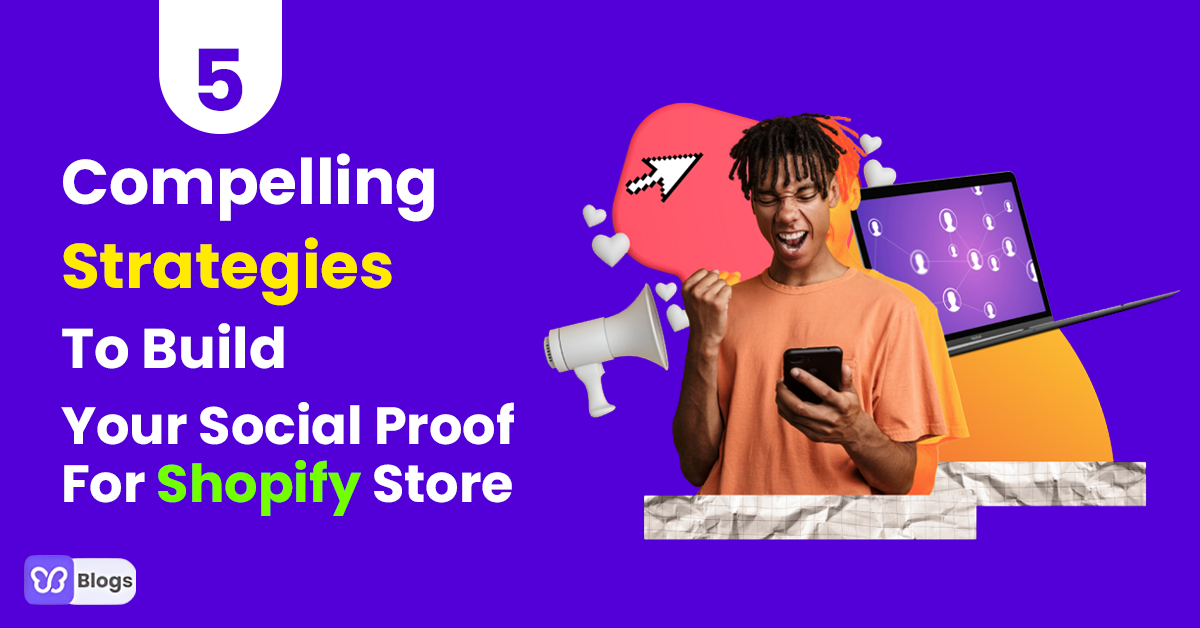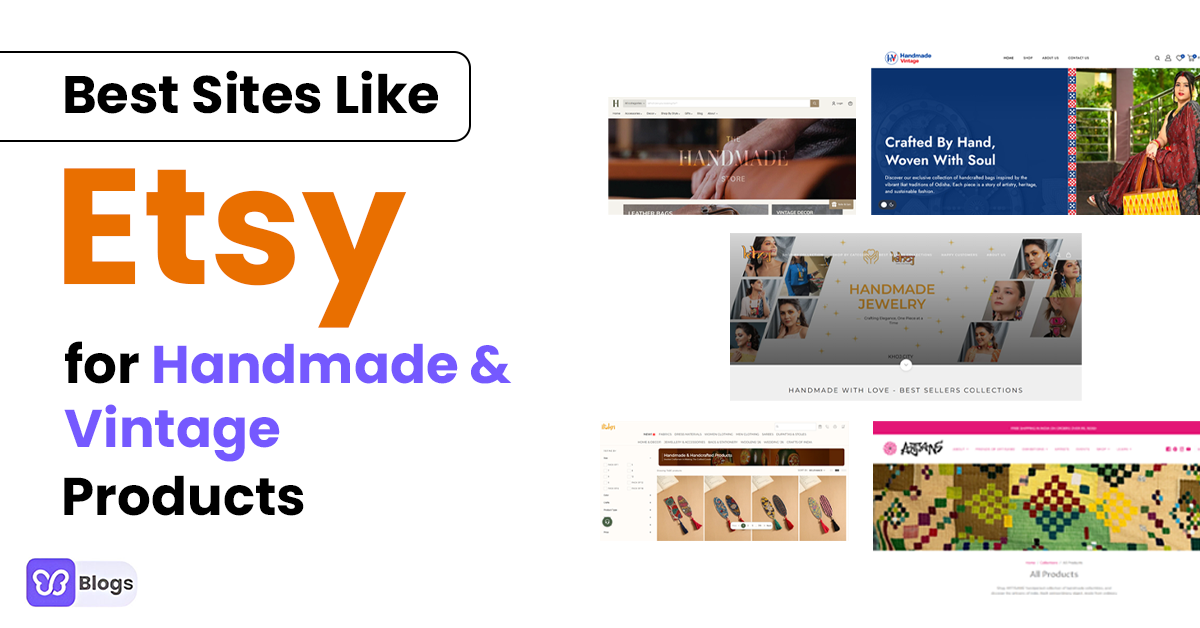Congratulations! You just built your Shopify website.
Time to start driving traffic, right!?
You start bringing people in through Facebook Ads, Affiliate Marketing, Google Search, and any other network you have a hold of.
And then you wait for the conversions to start coming in.
Crickets!
What could be going on?
Is it the products?
The website’s look and feel?
The payment method?
Most of the time, the answer is none of the above.
Your website is just missing Social Proof.
“What is Social Proof?”, I hear you ask.
Well, that’s why I’m here!
What Is Social Proof?

Have you ever been to a restaurant simply because everyone was talking about it?
Or they are simply posting stories of delicious food with location hashtags on Instagram.
Or watched a show on Netflix, like La Casa De Papel, because "everyone" is talking about it?
Or bought one particular watch over another, simply because it had better reviews.
All of that is social proof. It's everywhere around us, trying to influence us to do the "correct behavior".
The same is true for your potential customers. They are also heavily influenced by social proof... or lack thereof.
This guide will help you implement our social proof strategy, inspired by the world's largest and most successful brands, like Amazon and Booking.com.
You see, social proof can get you more sales if you use it properly.
So, let's get started!
Social Proof Strategies You Can Use To Increase Conversions
Strategy #1: Leverage User-Generated Content

What is one of the greatest issues most eCommerce brands face? It is the lack of original content.
This is not bad on its own. But think of the following for a second.
The human brain has two basic sides. And you are trying to influence both.
The logical side and the emotional side.
The logical side is trying to figure out if this is a reasonable purchase, if the price is right, etc.
The emotional side is looking for things like, “How cool AM I going to look if I’m wearing this?” “This is going to make everyone jealous”, “Others like me use these same products”.
At the same time, people who buy products want to show off their purchases as proof of who they are. As a way to say, “I belong in the cool or hip crowd”.
That's right — your eCommerce business' products do more than satisfy a human need.
They are ways for your target audience to express their identity. It's to show the rest of the world that they are part of specific tribes that matter to them.
This means that your previous customers will more than gladly create and publish content containing your products. Given, of course, that your products stand for something.
By showcasing this content called user-generated content, we are getting potential buyers to imagine. What would it look like if they were wearing the same product like the one they saw on social media? Or watching the same show... or using a certain brand of makeup like other shoppers?
Cupshe is a rapidly growing Shopify Plus merchant. They also scaled beyond $3 million in monthly sales. Check out how Cupshe leverages UGC throughout their online store offsite funnel.
How Does Cupshe Leverage UGC?
They use Yotpo to create customized email sequences tied directly to their product catalog and each customer’s purchase history.
Yotpo sends out an email to each buyer who recently purchased. It asks for their feedback on the product and gives them the ability to share content with the brand.
This way, Cupshe can collect online reviews and product photos they can later display on their website for social proof.
⚡How To Implement UGC

You can add social proof through your past customers. Collect product photos and videos through automated emails that go out after someone buys from you.
Incentivize existing customers to submit their product photos to you. Or upload them to social media platforms under a specific hashtag.
Display a curated feed of product photos right on your product pages from Instagram or user submissions from other social media channels.
Use social media to the fullest for your social proof and...
Strategy #2: Integrate Social Signals
Another way to get more sales you might already possess is your social media following.
By that, I mean having a large audience on a particular social media platform like Facebook, Instagram, or YouTube.
Showcasing the number of followers, subscribers, and likes you have across your social profiles can help build trust with the potential customers visiting your website for the first time.
⚡How To Implement Social Signals

Be consistent on your social media strategy. You need to have at least 1k followers on your social media platforms for this to make sense and work as social proof. So start with a schedule for your social media posts.
Use ProveSource to create a social media counter-notification. This way, your website visitors can also follow your various social media platforms.
To establish social proof, display the notification on your Shopify store homepage or landing page.
Strategy #3: Display Reviews

We know that before we buy, we tend to look at reviews. We start at Google reviews first. If there are not enough reviews, we sometimes turn to social media channels like Facebook reviews.
We’re trying to avoid the disappointment of a faulty product, missing features, and bad surprises.
One of the reasons other customers shop from Amazon or at least browse through it is because it has reviews available on their online platform.
As consumers, we want other users to tell us about their experience with a product. Not brands.
So, instead of making online shoppers browse other websites, you can showcase verified reviews, from real users, right on your product pages.
That way, users don’t have to look at other websites (like Capterra, Amazon, Facebook, Google, etc.).
Booking.com takes the whole social proof thing to a different level. They are considered one of the top companies in leveraging reviews and hotel ratings across their product to drive more bookings.
How Does Booking.com Leverage Reviews?
To display social proof, they include a breakdown of the hotel’s scores and general company reviews on the hotel page.
They also mention the most popular facilities, guest favorites, location insights, and a lot more information that answer travelers’ questions swiftly and effectively.
Using machine learning, they generate insights from user reviews and show those insights inside the hotel pages.
They showcase a star rating, a thumbs-up symbol, and then the number of times a hotel has been marked as “favorite” for every listing.
⚡How To Implement Reviews
Make the reviews personal & targeted. Include the location, name, and picture of the reviewer.
Don’t fake your reviews. Keep them honest and real. That means you also include negative reviews. Not just the positive reviews that praise your online store.
Browse your Shopify app store and look for premium upgrades on Shopify apps that can help you with collecting social proof.
You can incentivize users to leave reviews by offering gift cards or product discounts (e.g. a 90% discount on your product for one month, or a 60% off coupon).
Display this type of social proof on different pages of your Shopify store, either embedded as a full section or as notifications.
Use social proof to generate trust, so...
Strategy #4: Use Hot Streaks

Humans tend to change our decisions, beliefs, and ideas according to the number of people who act the same way.
In 1969, Milgram, Bickman, and Berkowitz conducted an experiment.
They wanted to figure out how passersby are affected by a crowd of people standing and looking up at a building on a busy New York street.
There was nothing special to look at, the researchers paid some actors to help by standing there and just looking up. The results were quite interesting!
Simply stated – when 2 or more people were looking up, 60% or more of passersby also looked up. As the “stimulus crowd” increased, more and more people stopped and joined the crowd, looking up.
You can leverage this bias in your eCommerce business by making it visible on your web pages how many people are actively interested in, browsing, or buying our products.
Hot Streak Examples
- Recent sign-ups from new users and purchases
- Form submissions or leads generated
- The number of people on a product page
- The amount of traffic your website
⚡How To Implement Hot Streaks

Start tracking purchases, sales, website traffic, or any metric that matters to your eCommerce store.
Create hot streak notifications that match your website’s look and feel as well as your specific niche.
Display hot streak notifications on product, landing, and sales pages alongside product reviews and user-generated content.
Leveraging social proof also means you have to...
Strategy #5: Remove Barriers
One of the main reasons people don’t buy is unaddressed biases.
These can come in the form of questions they have and cannot easily get the answers to through your website. Sometimes, it's unclear next steps are. Or doubts about product quality and the offer you are putting in front of them.
All of these affect their buying decisions. The goal is to show your new customers they are in good hands by removing uncertainty and unnecessary barriers. Thus, getting them through the finish line.
Start by adding notifications. Keep it close to the conversion step that explicitly describes the process. Or the ones that affirm the choice of your potential customer and answer the most frequent support questions.
I call these notifications and types of messages “Conversion Boosters” because they help significantly increase the conversion rate.
Conversion Boosters
- Shipping costs (e.g. free shipping over $45)
- Money-back guarantee
- Order delivery estimate
- Payment plans
- Supported payment methods
- Return policy
- Coupon codes
- Awards and certifications
- Facebook live chat support
⚡How To implement Hot Streaks
- Figure out the 5 most answered questions your support team receives, including ones from your social media channels.
- Make a list of USPs your product has that you can leverage to push for a sale.
- Create notifications for your cart page or places in your funnel with a high drop-off rate from one step to the next (e.g. multi-step form), to help users complete their purchase faster.
Now that you have these compelling marketing strategies, it's time to think about the...
Next Steps To Your Social Proof
You now have the complete social proof strategy to turn your Shopify store traffic into conversions and actual sales.
Start by selecting 2 or 3 strategies that actually fit your case. Implement them, and see the results.
Not all social proof notifications and banners are created equal, though. So it’s important to track each notification's conversions and optimize accordingly.
If you have any questions, feel free to drop them in the comments section below. We'll get back to you as soon as possible.
Good luck!
Download Debutify Reviews now!
About The Author
Bill Stathopoulos / VP of Growth @ ProveSource
Bill is on a mission to grow ProveSource to $1M ARR. Having a background in Marketing and Entrepreneurship, working with startups and enterprises from 15+ countries, he’s currently orchestrating the Marketing team and building the growth processes at ProveSource in a sustainable, scalable way toward their next big milestone.




